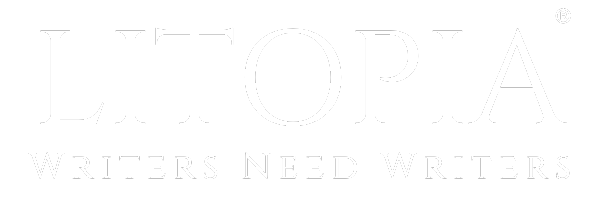If you're writing in first person POV (inside your protagonist's head) or close third person POV (on your protagonist's shoulder) and your protagonist leads the chapter then your workshop people are correct: your reader can't know anything the protagonist can't know/see/smell etc. Both these POV options are presently the most common (and most expected) in the YA sphere.
Keeping within these options, there are many YA novels that, as
@James Charles said, use different POVs in different chapters. That way, your second (or even third but don't do too many) point of view character(s) can reveal things your protagonist doesn't know. It can be a good way to build tension (though knowing only as much or as little as the protagonist can still be high stakes and allow for big reveals). Be consistent though. Your reader wants to identify with the viewpoint character(s), so if you use more than one, you need to use them regularly throughout the book.
Published examples of multiple POV use in YA are
All The Hidden Monsters by Amie Jordan (supernatural whodunnit with two POV),
One of Us is Lying by Karen M. McManus (contemporary whodunnit with multiple POV),
Children of Blood and Bone by Tomi Adeyemi (YA Fantasy with three POV). There are, of course, a lot more examples.
My advice is play around with single POV or more than one (separated by chapters) and choose whichever creates the most tension for the reader. Your reader wants immersion, tension, conflict and high stakes. Choose which gives them the most of those.
(I've played around with one or two for my present WIP and found that only knowing what the protagonist knows keeps the reader guessing more which increases the anticipation of things going wrong at every turn and heightens the big midpoint reveal. That is, of course, this one story. For others I might choose multiple POV.)
